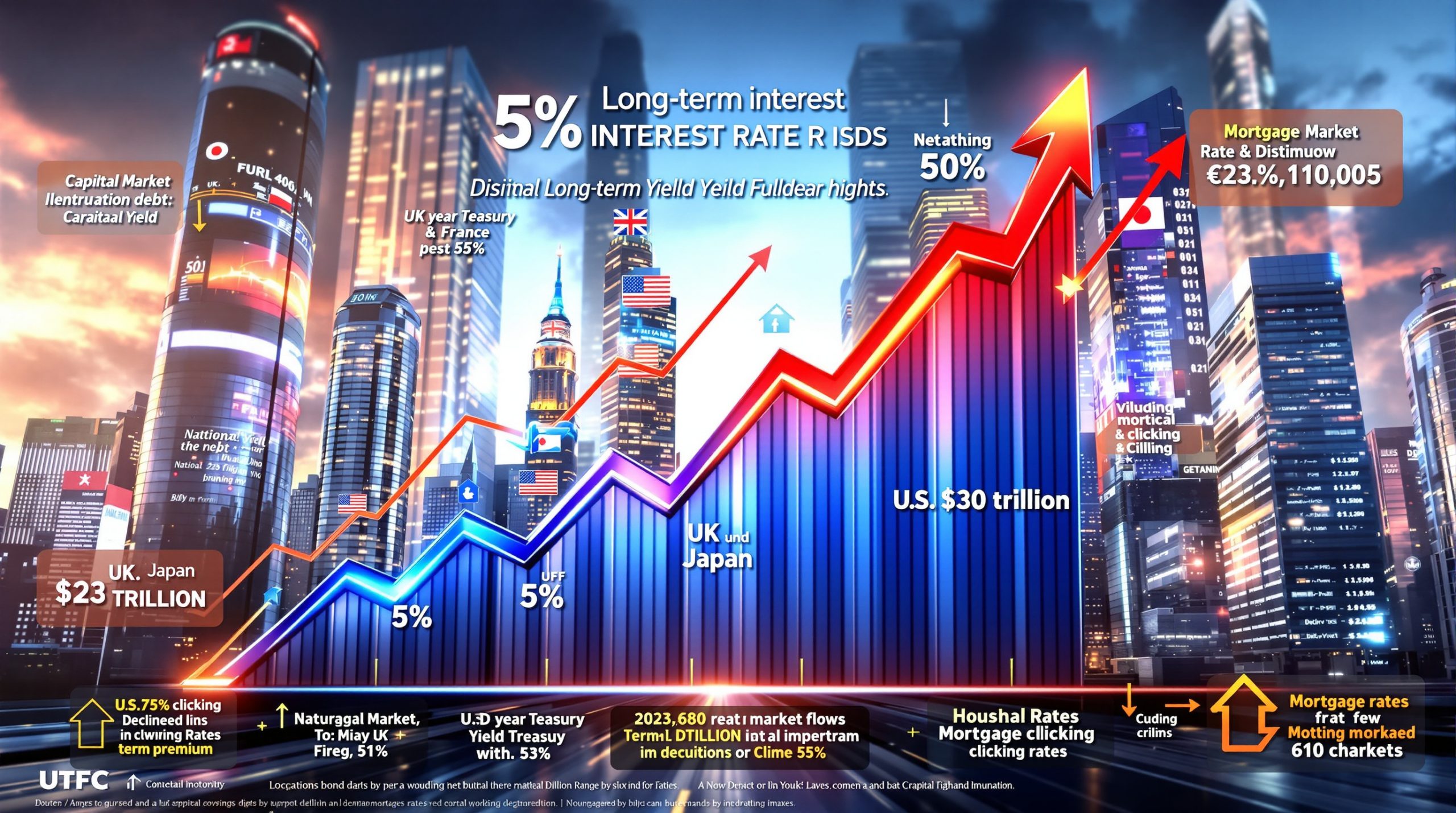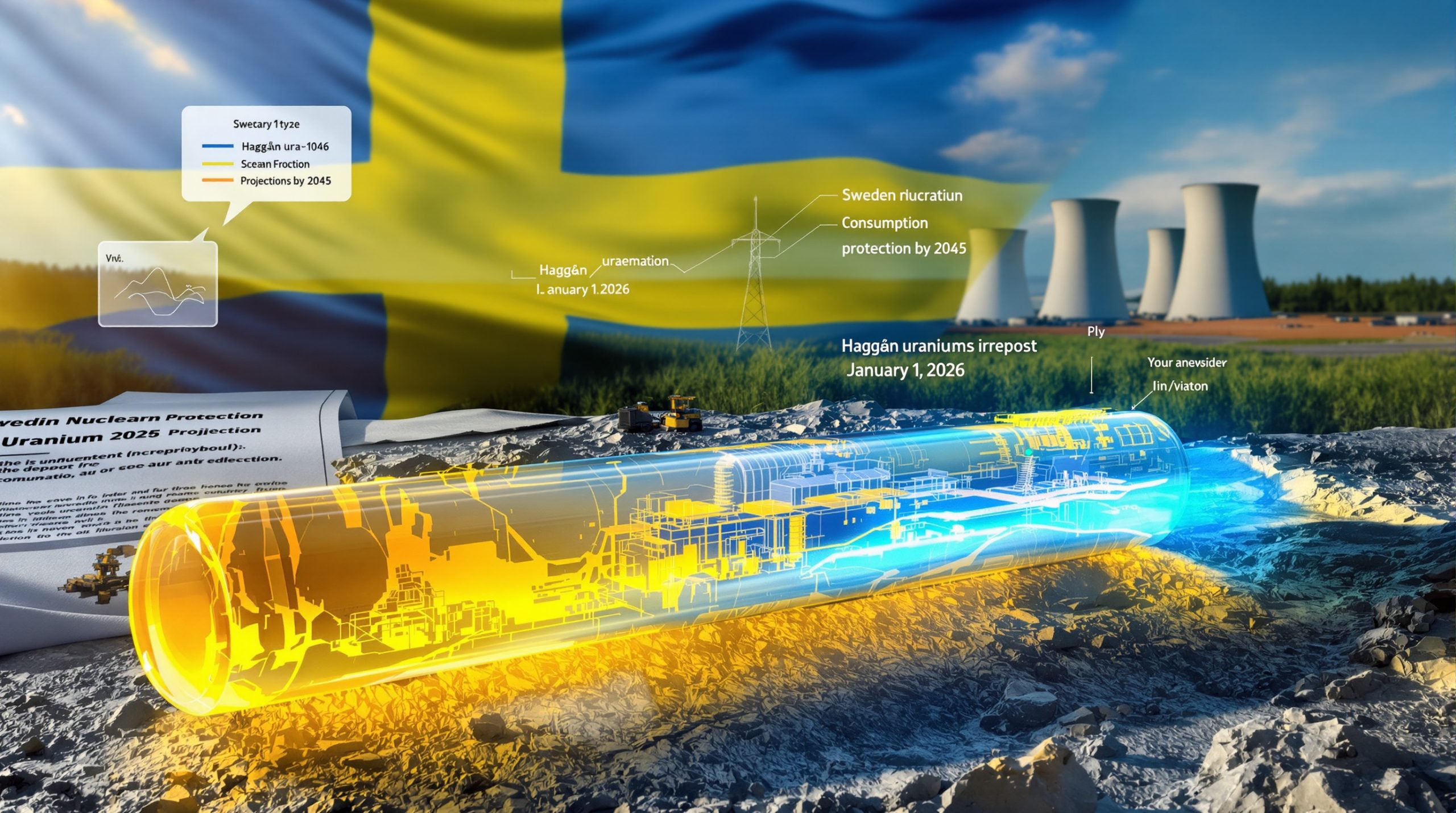Global Copper Resources: Current State and Challenges
The copper market stands at a critical junction, with resource quality challenges meeting unprecedented demand drivers. Current global copper resources represent a complex landscape of opportunities and limitations that will shape the industry's future trajectory.
Available Copper Deposits and Development Potential
Global copper resources present a substantial yet constrained opportunity landscape. Approximately 560 identified deposits contain roughly 880 million tonnes of copper potentially available for development, according to extensive analysis by MinEx Consulting. However, the concentration of these resources presents both opportunity and risk – the top 10 deposits alone represent 200 million tonnes of copper, or 22.7% of identified resources, creating significant geographic concentration.
Historical development patterns suggest that only 60% of copper discoveries eventually become operational mines, highlighting the gap between resource identification and actual production capacity. This conversion rate reflects the complex interplay of economic, technical, and jurisdictional factors that determine project viability.
The geographic distribution of major undeveloped deposits presents additional challenges, with many concentrated in jurisdictions with complex regulatory environments, infrastructure limitations, or geopolitical uncertainties. These factors contribute to elongated development timelines and increased capital requirements.
Declining Ore Grades and Quality Challenges
One of the most significant challenges facing the copper industry is the steady decline in ore quality. Average copper ore grade has experienced a marked decline from 0.81% Cu in 2002 to 0.65% Cu in 2011, representing approximately a 20% reduction in just under a decade.
This trend becomes even more pronounced when examining future projects. Analysis of 145 undeveloped open pit copper projects reveals a weighted average grade of only 0.45% Cu, substantially lower than currently operating mines. As Richard Schodde of MinEx Consulting notes, "The next generation of mines will have even lower head grades than what we're seeing today."
Lower grades directly impact economic viability in multiple ways:
- Larger operations required to achieve necessary economies of scale
- Higher energy consumption per tonne of copper produced
- Increased waste material generation and management requirements
- More complex processing solutions for lower-grade material
- Elevated water consumption in already water-stressed regions
These quality challenges have profound implications for project economics, environmental impact, and ultimately, copper supply adequacy in coming decades.
Short-Term Copper Market Dynamics
The immediate copper market faces a complex interplay of macroeconomic headwinds, supply changes, and demand shifts that will shape price action and investment decisions in the near term.
Immediate Market Pressures and Price Outlook
Copper prices face significant pressure from global economic concerns, particularly banking and sovereign debt issues that constrain growth and industrial demand. These macroeconomic factors create substantial uncertainty in consumption projections across key copper-intensive sectors.
Supply chain disruptions continue to affect both production capabilities and development timelines for new projects. These disruptions manifest in equipment delivery delays, skilled labor shortages, and logistical bottlenecks that complicate production forecasts.
Inflationary pressures throughout the mining value chain have intensified, with energy costs, consumables, and labor expenses rising significantly. These cost pressures compress margins for producers and raise the economic threshold for new project development.
Market volatility has intensified, with copper price predictions experiencing wider trading ranges and more frequent directional shifts. This volatility complicates investment decisions and risk management strategies across the copper value chain.
Upcoming Supply Wave and Market Balance
The copper market faces a temporary supply increase as projects that received investment decisions during previous price cycles come online. This near-term production boost may create temporary market balance or even surplus conditions before longer-term structural deficits emerge.
Regional variations in supply growth present a nuanced picture, with certain jurisdictions advancing projects more rapidly due to favorable permitting environments or existing infrastructure advantages. This uneven supply growth creates both challenges and opportunities for market participants.
Production ramp-up challenges often delay the impact of new copper projects, with many operations requiring 2-3 years to reach nameplate capacity. These ramp-up periods create uncertainty in short-term supply forecasts and can extend projected deficits.
Strategic stockpiling activity, particularly in Asia, adds another layer of complexity to global copper supply forecast. These inventory movements can temporarily mask underlying supply-demand dynamics and create price volatility when stockpiling policies shift.
Medium-Term Copper Supply-Demand Evolution
The medium-term outlook for copper markets reveals growing supply challenges against a backdrop of accelerating demand, creating conditions for potential market tightness and strategic adaptations.
Development Timelines and Project Disruptions
Copper project development timelines have lengthened considerably, with the period from discovery to production often extending beyond 15 years. This extended timeline creates significant lag between price signals and supply responses, contributing to cyclical market behavior.
Multiple disruptive factors are affecting mining operations and development schedules:
- Permitting delays and regulatory hurdles: Environmental review processes have become increasingly complex and time-consuming, often adding 3-5 years to development timelines
- Environmental compliance requirements: Stricter tailings management, water usage, and emissions standards require additional engineering and capital allocation
- Community relations challenges: Social license concerns have elevated in importance, with local opposition capable of delaying or halting projects regardless of technical merit
- Technical complexities: Developing lower-grade, deeper, or metallurgically complex deposits requires innovative approaches and extended testing phases
These disruptions create a situation where even the current project pipeline is unlikely to deliver sufficient copper to meet projected demand growth, particularly as electrification trends accelerate.
Strategic Response to Supply Constraints
The industry is adapting to these constraints through multiple strategic initiatives:
- Technological innovation focused on extracting value from lower-grade resources through advanced processing techniques and operational optimization
- Exploration efforts increasingly targeting deeper deposits using sophisticated geophysical methods capable of detecting mineralization beneath significant cover
- Mining companies reassessing project portfolios to prioritize copper exposure, with several major producers divesting other commodity assets to focus on copper development
- Strategic partnerships forming between miners, technology providers, and end-users to share development risk and secure future supply chains
These adaptive strategies highlight the industry's recognition of the structural challenges facing copper supply adequacy in the coming decades.
Long-Term Copper Market Projections
The long-term copper market outlook points toward structural supply challenges meeting accelerating demand from the energy transition, creating conditions for sustained market tightness.
Post-2020 Supply Gap Analysis
A significant copper supply gap has begun to emerge following 2020, reflecting the culmination of multiple long-term trends in the industry. This gap stems from insufficient development of new copper projects against a backdrop of accelerating copper demand trends.
- Renewable energy transition: Solar and wind power installations require 4-5 times more copper per megawatt than traditional power generation
- Electric vehicle manufacturing: Each battery electric vehicle requires approximately 83kg of copper, compared to just 23kg in a conventional internal combustion vehicle
- Charging infrastructure: The global EV charging network buildout requires substantial copper for power delivery and cooling systems
- Grid modernization: Upgrading aging electrical infrastructure and expanding capacity necessitates significant copper investment
- Ongoing urbanization: Continued urban development in emerging economies drives copper consumption in construction and infrastructure
"The copper intensity of the energy transition makes substitution particularly challenging. Unlike other metals, copper's unique properties in conductivity, corrosion resistance, and formability limit alternatives in many applications."
The projected supply gap requires multiple new large-scale copper projects beyond those currently in development. However, the industry faces significant hurdles in delivering these projects within required timeframes.
Critical Factors Determining Future Supply Adequacy
Several key factors will determine whether copper supply can adequately meet projected demand:
- Exploration success rates and discovery trends: The industry has experienced declining discovery rates despite increased exploration expenditure, raising concerns about the future project pipeline
- Capital allocation decisions: Major mining companies must prioritize copper development within capital budgets constrained by shareholder return demands and competing projects
- Technology developments: Innovations in processing technology, particularly for lower-grade resources, could expand the economically viable resource base
- Policy environments: Regulatory frameworks in key copper-producing regions will significantly influence development timelines and investment attractiveness
- Recycling rates: Secondary copper from recycling streams could partially offset primary production requirements if collection and processing capabilities expand
These factors create significant uncertainty in long-term copper supply projections, with potential scenarios ranging from moderate to severe supply deficits.
Copper Project Economics: Changing Landscape
The economic parameters for copper development have fundamentally shifted, requiring new approaches to project evaluation and investment decisions.
Capital Intensity and Investment Requirements
Capital costs for new copper projects have increased substantially due to multiple factors:
- Lower grades requiring larger operations: Processing more material to produce the same copper output necessitates larger equipment, processing facilities, and infrastructure
- Remote locations with infrastructure challenges: Many remaining copper deposits are located in areas lacking power, water, and transportation infrastructure
- Environmental and social management costs: More comprehensive environmental protection measures and community development programs add significant capital requirements
- Complex processing needs: Difficult metallurgy in many remaining deposits requires more sophisticated processing circuits
This rising capital intensity has profound implications for project economics:
| Project Size | Typical CAPEX (2012) | Estimated CAPEX (2023) | Increase |
|---|---|---|---|
| Small (30kt Cu/year) | $1.5-2.0 billion | $2.5-3.5 billion | ~75% |
| Medium (100kt Cu/year) | $3.5-5.0 billion | $6.0-8.0 billion | ~60% |
| Large (200kt+ Cu/year) | $7.0-10.0 billion | $12.0-16.0 billion | ~60% |
Return on investment calculations have shifted accordingly, with projects requiring higher sustained copper prices to meet investment hurdles. This has resulted in more selective capital allocation and higher standards for project advancement.
Operational Cost Structures and Profitability Drivers
Operational cost structures for copper mines have evolved significantly:
- Energy costs now represent 20-30% of operating expenses for many operations, with energy intensity rising as grades decline
- Labor productivity has become a critical focus area, with automation and digital solutions deployed to maximize output per employee
- Water management has emerged as both a major cost center and operational risk, particularly in arid mining regions
- Environmental compliance expenses continue to grow as regulations tighten and community expectations increase
By-product credits have gained importance in project economics, with gold, silver, and molybdenum revenues often making the difference between marginal and robust project returns. Operations with significant by-product potential can maintain profitability even during copper price downturns.
"The economics of copper mining have fundamentally changed. What was once a relatively straightforward business now requires sophisticated approaches to resource management, cost control, and operational optimization."
Technology's Role in Future Copper Supply
Technological innovation represents one of the most promising pathways to addressing the copper industry's challenges, with developments across multiple domains potentially expanding the viable resource base.
Innovation Areas Addressing Industry Challenges
The copper industry is investing in several key technology domains:
-
Advanced processing technologies: Novel approaches to mineral processing and metallurgy are being developed to handle lower-grade and more complex ores economically. These include enhanced flotation techniques, advanced leaching methods, and more efficient concentration processes.
-
Autonomous mining equipment: Automation is transforming mine operations, with autonomous drilling, haulage, and loading systems improving safety, consistency, and operational efficiency. These systems allow for continuous operation and reduce labor requirements in challenging environments.
-
Predictive maintenance systems: AI-powered monitoring and analytics are reducing equipment downtime and improving utilization rates. These systems detect potential failures before they occur, optimizing maintenance schedules and extending equipment life.
-
Digital twins and simulation tools: Comprehensive digital modeling of mines and processing facilities enables optimization of design and operations before physical implementation. These tools allow operators to test scenarios and identify improvements without disrupting production.
-
In-situ recovery methods: Non-traditional extraction techniques that recover copper without conventional mining are advancing for appropriate deposit types. These approaches dramatically reduce surface disturbance and waste generation.
Each of these technology domains offers potential to expand economically viable copper resources by lowering production costs, increasing recovery rates, or enabling development of previously uneconomic deposits.
Environmental Technology Integration
Environmental technologies are becoming increasingly central to copper project development:
- Water recycling systems now achieve recovery rates exceeding 85% at leading operations, reducing freshwater requirements in water-stressed regions
- Energy efficiency initiatives and renewable power integration are reducing both carbon footprints and operational costs
- Tailings management innovations such as filtered (dry stack) tailings reduce environmental risks and water consumption
- Carbon reduction strategies including electrification of mining fleets and process heat are reshaping operational approaches
These environmental technologies serve multiple purposes – reducing operational risks, lowering costs, and improving social license to operate. As regulatory requirements tighten and investor expectations for ESG performance increase, leadership in environmental technology implementation has become a competitive advantage.
FAQ: Key Questions About Copper Market Trends
How will electrification trends impact copper demand?
The transition to electric vehicles and renewable energy represents a step-change in copper demand. Each battery electric vehicle requires approximately 83kg of copper compared to just 23kg in a conventional vehicle – a nearly 4x increase. This multiplication effect extends across the electrification landscape:
- Electric buses use 370-550kg of copper, compared to 120kg in diesel models
- Charging infrastructure requires 7-10kg of copper per charging point
- Wind farms use 2.5-6.5 tonnes of copper per megawatt
- Solar photovoltaic installations require 4-5 tonnes of copper per megawatt
These demand drivers are structural rather than cyclical, creating sustained pressure on copper supply chains regardless of broader economic conditions.
What factors could accelerate or delay the projected supply gap?
Several factors could accelerate the copper supply gap:
- Faster-than-expected electric vehicle adoption driven by policy mandates or cost parity
- Infrastructure stimulus programs targeting grid modernization and renewable energy
- Technological breakthroughs requiring additional copper intensity
- Extended project development timelines due to environmental opposition or regulatory hurdles
Conversely, potential delaying factors include:
- Economic recessions reducing industrial copper demand
- Technological efficiency improvements reducing copper intensity in applications
- Unexpected major discoveries or expansion of existing operations
- Substitution with alternative materials in certain applications
The balance of these factors will determine both the timing and severity of copper market tightness.
How might recycling affect the primary copper market?
Copper recycling represents an important but limited offset to primary production requirements. The metal's durability and long product life cycles mean that much of the copper in use remains in service for decades:
- Buildings and infrastructure: 40-100 years
- Industrial equipment: 15-25 years
- Consumer products: 7-15 years
This longevity creates a significant lag between initial use and recycling availability. While recycling rates are improving, with approximately 30% of copper demand currently met through recycled material, the growth in total copper consumption means primary production must continue expanding to meet needs.
"Recycling is essential but insufficient on its own. Even with perfect collection and recycling, the growing absolute demand for copper means we'll need substantial new mine supply."
What regions show the most promise for future copper development?
Several regions continue to demonstrate strong geological potential for copper development:
- The Andean region (Chile, Peru) remains the world's premier copper belt, though declining grades and water constraints present challenges
- Central Africa (DRC, Zambia) offers high-grade deposits, though jurisdictional risks require careful management
- Central Asia (Mongolia, Kazakhstan) hosts several world-class deposits with significant expansion potential
- North America (USA, Canada, Mexico) provides stable jurisdictions with established mining traditions, though permitting timelines have lengthened
The most promising jurisdictions balance geological potential with reasonable regulatory frameworks, infrastructure availability, and political stability. This combination is increasingly rare, contributing to development challenges.
Future Copper Market Outlook: Strategic Positioning
The evolving copper landscape requires strategic adaptation from all market participants, from producers to end-users and investors.
Strategic Positioning for Industry Participants
Key strategic approaches for navigating the future copper market include:
- Vertical integration across the value chain to secure supply and capture margin at multiple stages
- Strategic partnerships between miners, technology providers, and end-users to share development risk and align incentives
- Jurisdictional diversification to manage geopolitical and regulatory risks across project portfolios
- Innovation investment as a competitive differentiator, particularly in processing technology and operational efficiency
- ESG leadership to secure preferential access to capital, talent, and project opportunities
Organizations that proactively position for structural market changes rather than reacting to short-term price movements will likely outperform in the coming decades.
Critical Indicators to Monitor
Market participants should track several key indicators to anticipate copper market developments:
- Exploration expenditure trends and discovery rates as leading indicators of future supply potential
- Project development pipeline progression and delays that signal medium-term supply conditions
- Technology adoption rates across the industry that may expand economically viable resources
- Policy developments in key mining jurisdictions that could accelerate or delay project advancement
- Demand signals from end-use sectors, particularly electric vehicle sales and renewable energy installation rates
These indicators provide early warning of potential market imbalances and strategic opportunities for prepared organizations.
Recent tariff impacts on copper markets have added another layer of complexity to the global outlook and development trends for copper. Furthermore, a comprehensive [US copper
Want to Capitalise on the Next Major Mineral Discovery?
Don't miss out on potential mining investment opportunities like those highlighted in this copper analysis. Discover why major mineral discoveries can lead to significant market returns by exploring Discovery Alert's dedicated discoveries page, where their proprietary Discovery IQ model delivers real-time alerts on significant ASX mineral discoveries.




